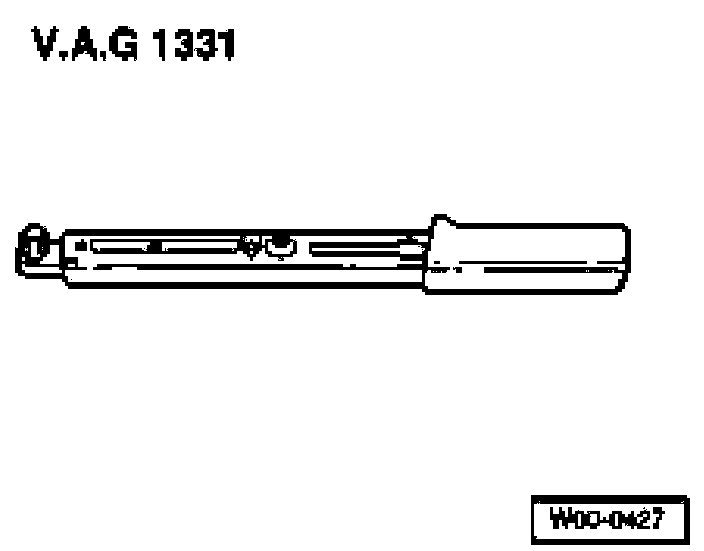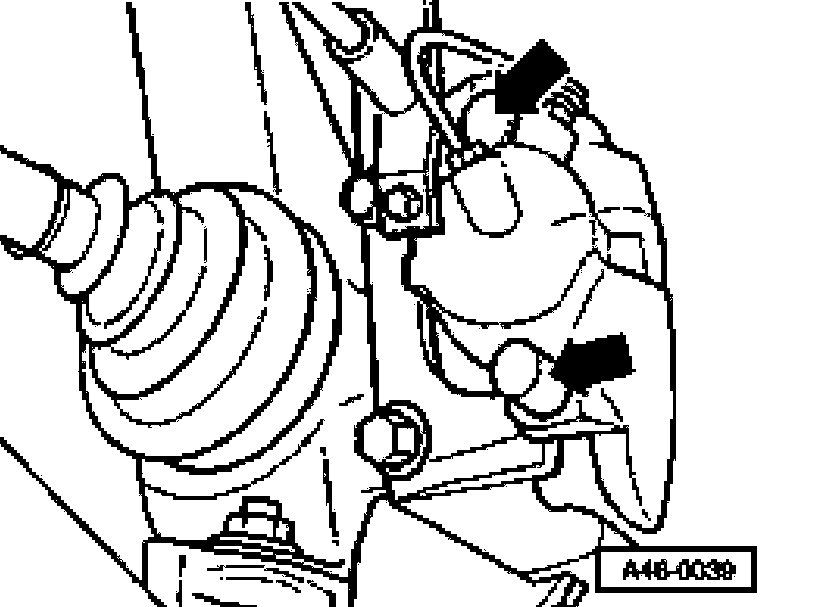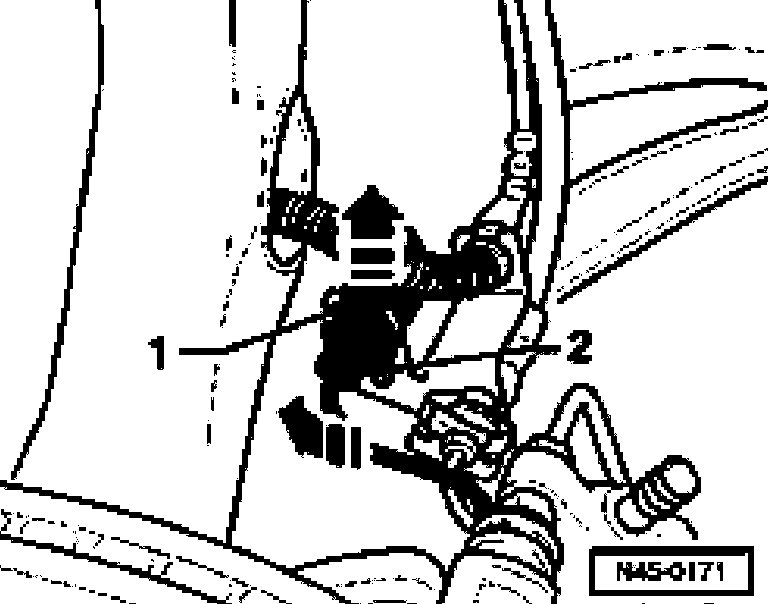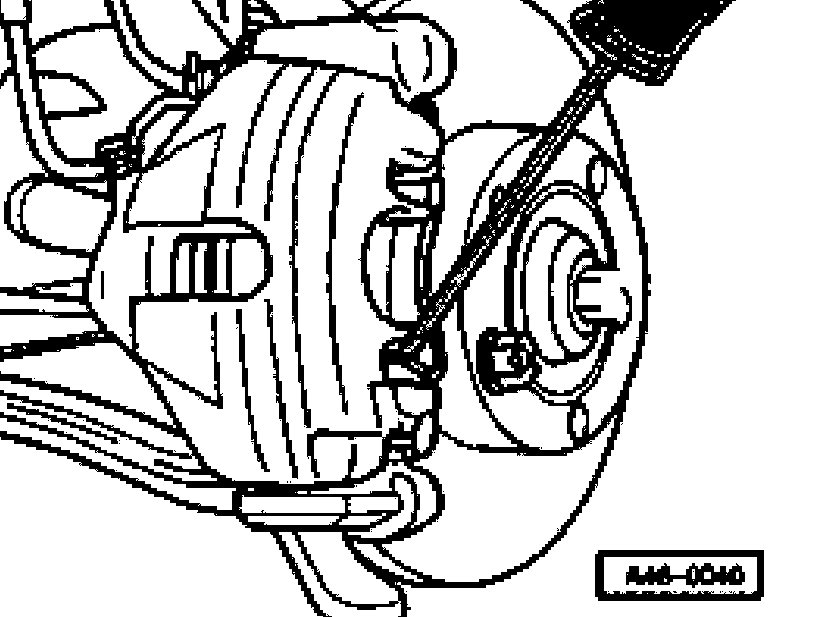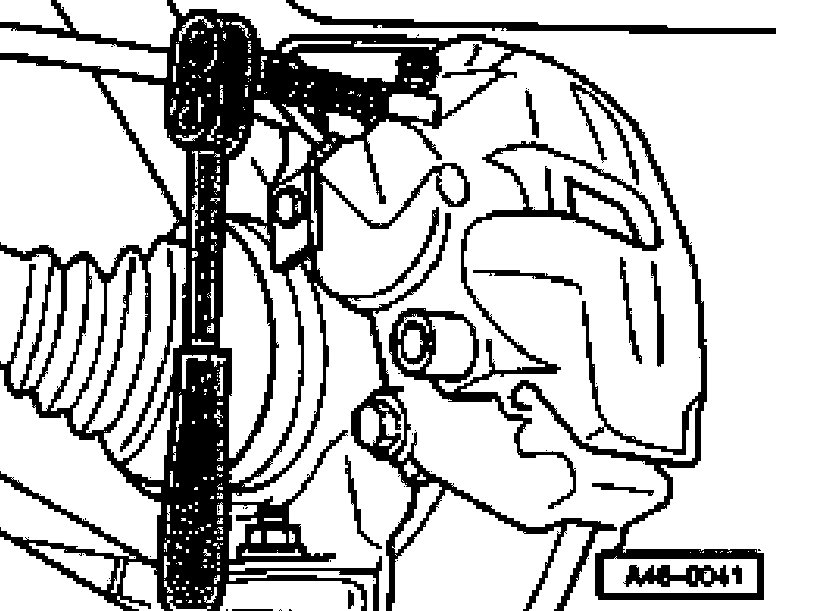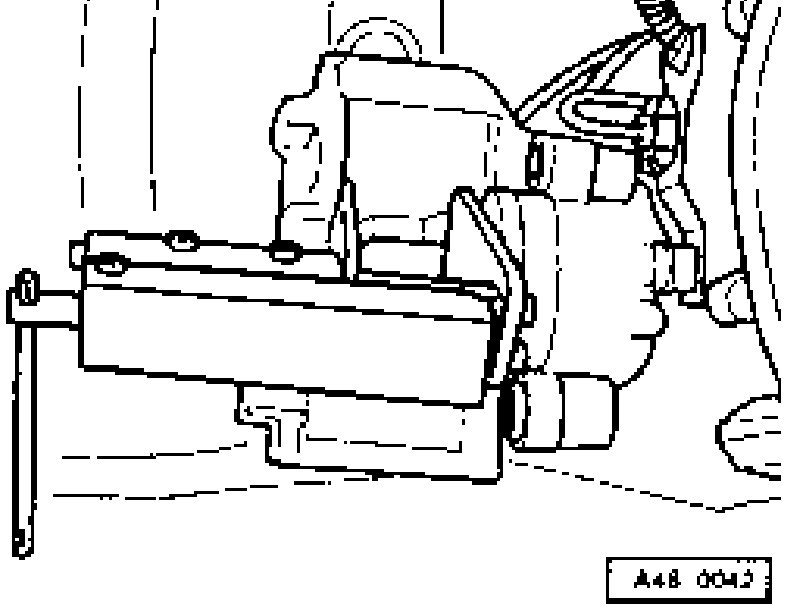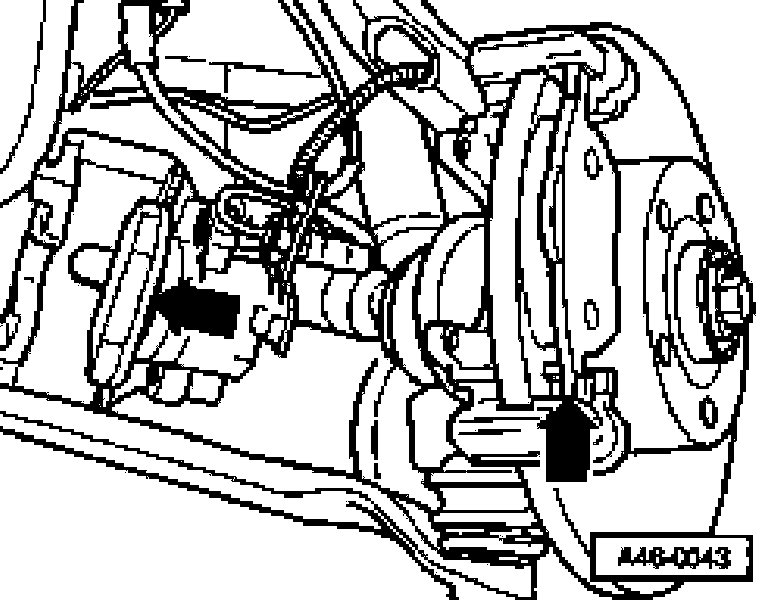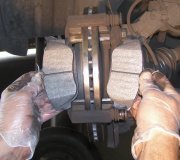Hi,
Front brake pads are not hard to replace. You can expect them to last approx 25,000 miles, but that can change based on driving habits and terrain.
First, here is a link that you may find helpful. It explains in general how it's done. You can use this as a guide.
https://www.2carpros.com/articles/how-to-replace-front-brake-pads-and-rotors-fwd
Here are directions specific to your vehicle. The attached pics correlate with the directions.
_______________________________
2005 Volkswagen Passat Sedan (3B3) L4-2.0L DSL Turbo (BHW)
Brake Pads, Removing and Installing
Vehicle Brakes and Traction Control Disc Brake System Brake Pad Service and Repair Procedures Front Brakes Front / FN3 / Brake Caliper, Servicing Brake Pads, Removing and Installing
BRAKE PADS, REMOVING AND INSTALLING
Brake pads, removing and installing
Special tools and equipment
pic 1
VAG 1331 Torque wrench (or equivalent)
Piston resetting tool
Removing
Note: When reusing brake pads mark location and install in same position, otherwise uneven braking will occur!
pic 2
Remove protective caps -arrows-.
pic 3
For vehicles with brake wear indicator disconnect the connector -1-.
Lift locking tab slightly on connector lower part -2- and then turn 90°.
Pull connector lower part out of bracket.
pic 4
Using a screwdriver pry off brake pad retaining spring from brake caliper housing and remove.
pic 5
Remove both guide pins from brake caliper.
Remove brake caliper housing and lay to one side so that the weight of the brake caliper does not stress or damage the brake hose.
Remove brake pads out of brake caliper housing or from brake carrier.
Use only appropriate solvent for cleaning the brake caliper housing.
Installing
Note: Press piston back into the cylinder with resetting tool. Before inserting new brake pads, draw off brake fluid from the reservoir with a bleeder bottle. Before pressing the piston back, make sure reservoir has not been topped off, otherwise brake fluid will overflow and cause damage.
pic 6
Press piston back into brake caliper.
pic 7
Insert brake pad with retaining spring in brake caliper housing (piston).
Note: The inner pad (with spring) has an arrow. The arrow must point in the direction of the forward rotation of the disc brake. May create noises if incorrectly installed.
Remove protective foil on backing plate of outer brake pad.
Install outer brake pad to brake carrier.
Tighten brake caliper housing bolt to brake carrier with both guide pins, Refer to Front / FN3 / Brake Caliper, Servicing, Overview, See item 3.
Install both protective caps.
Install retaining spring into brake caliper housing.
Insert brake wear indicator connector into bracket on brake caliper.
The wiring for the brake wear indicator must be routed between the brake carrier and brake line.
Note:
When inserting the outer brake pad, make sure that it does not stick to the brake caliper housing before achieving correct installation position.
Do not damage adhesive surface.
After replacing brake pads and with vehicle stationary, firmly depress brake pedal several times so that the brake pads are properly seated in their normal operating position.
Check brake fluid level after changing brake pads.
_______________________________
Once the brake caliper is removed, it is necessary for the caliper mount to be removed as well. It will be held on with two bolts. It is necessary for the caliper mount to be removed before the brake rotor can be replaced.
______________________________
I hope this helps. Let me know if you have other questions.
Take care and God Bless,
Joe
Images (Click to make bigger)
SPONSORED LINKS
Thursday, March 11th, 2021 AT 9:57 AM
